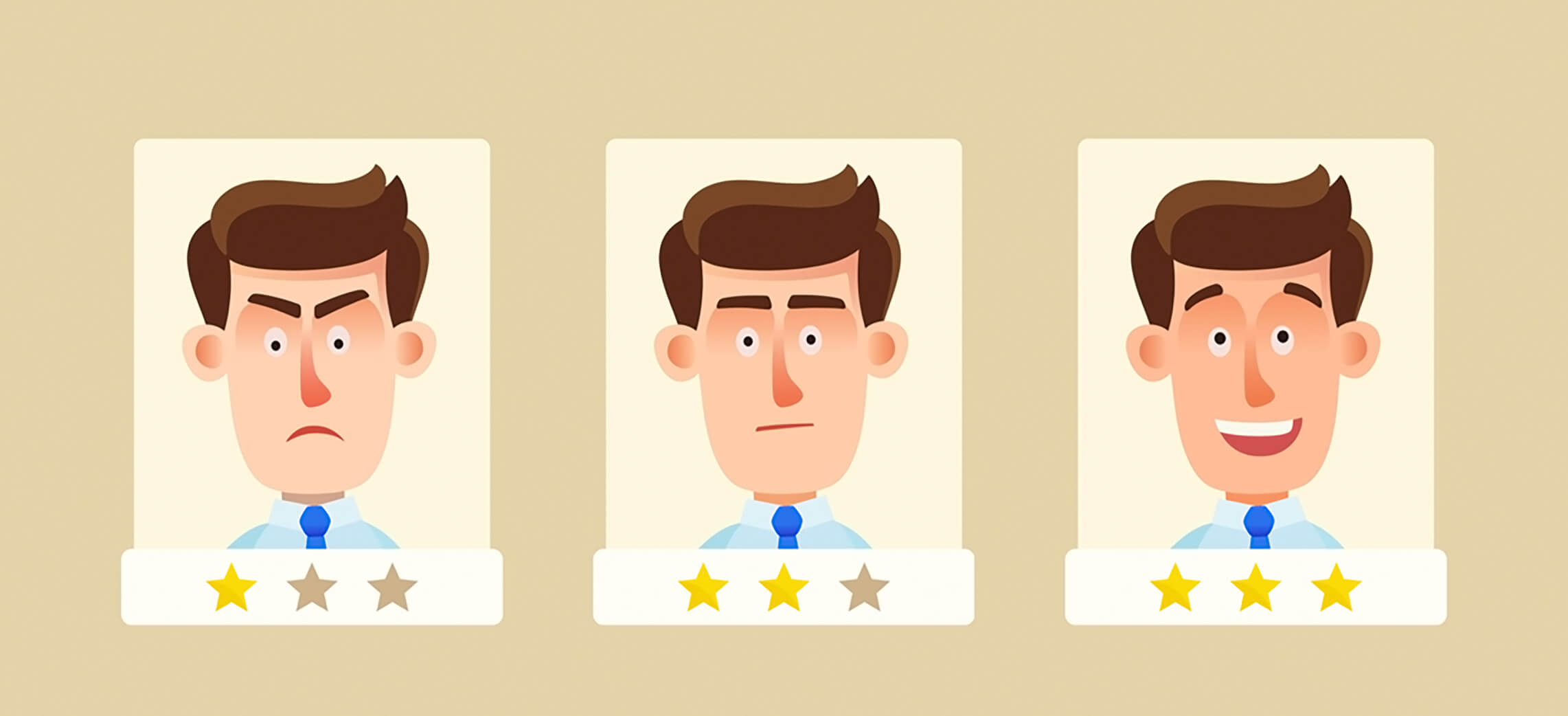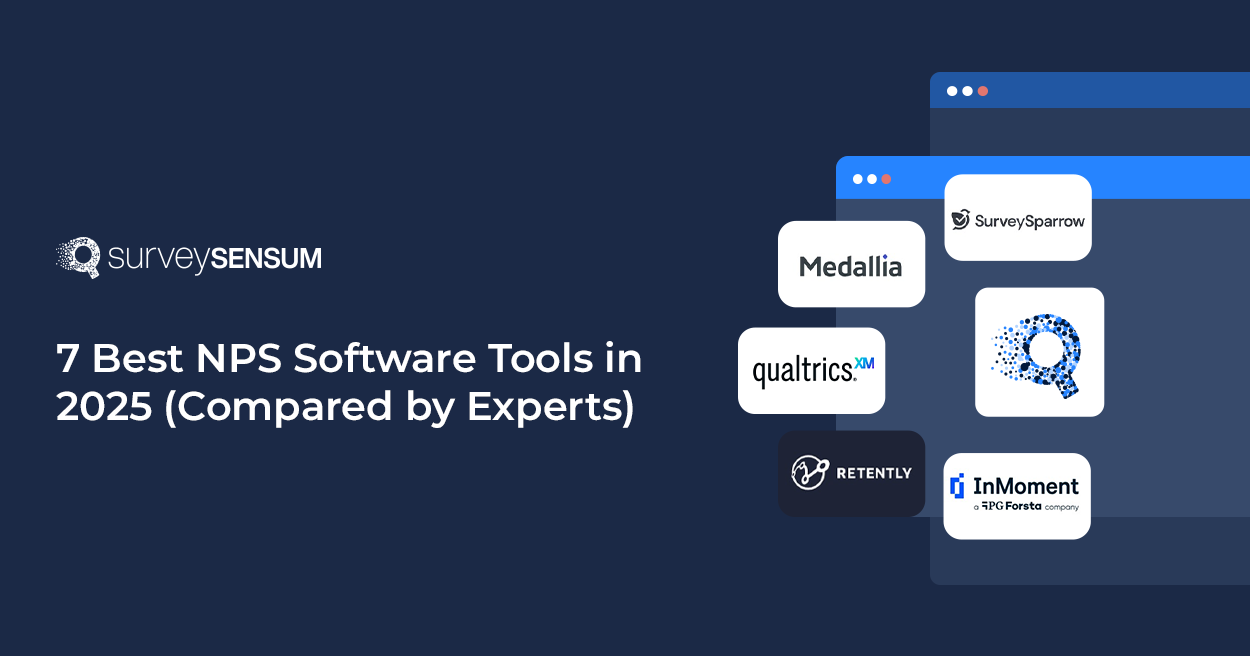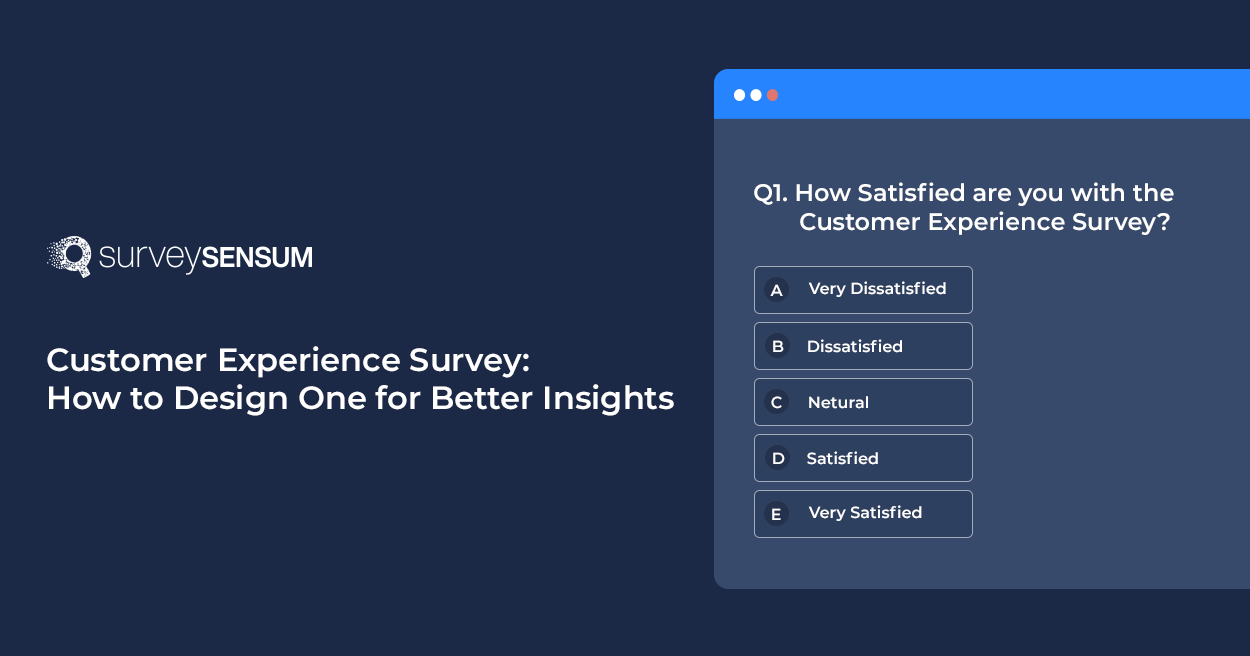

Dealing with angry customers is a tough job. Despite the best of your efforts to offer an excellent product/service, sometimes you aren’t able to live up to customer expectations.
A few years back, Delta Airlines was caught in a similar scenario. Owing to rough weather, one of their flights to Atlanta was diverted to Knoxville Tennessee. Irritated by the flight delay, passengers started getting angry.
Quick on his wits, one of the Delta’s Pilots immediately ordered pizzas for angry passengers.
Offering pizzas to on-board passengers worked wonders in calming them down. This smart decision of the pizza party prevented the situation from escalating into a nasty air rage.
Moreover, delighted by this sweet gesture, some passengers tagged Delta Airlines and shared pictures of their onboard pizza party on various social media platforms.
This positive incident was even reported by various online news platforms admiring Delta Airlines for its tactful angry customer management.
Thus, long story short, like Delta Airlines, every brand is bound to experience an angry customer. But, what determines whether a brand will lose or retain its customer is how a brand deals with them!
While some brands have learned this art, some are still struggling to deal with angry customers.
Recognizing this struggle, we bring to you some unique strategies to deal with angry customer management from the experienced brands who are doing it right!
But before that, let’s understand the difference between an angry customer and a dissatisfied customer.
Often it has been noticed that brands assume these two types of customers to be the same. However, there’s a thin line of differentiation between the two.
Highlighting this difference, LisaTorelli-Sauer, Editor at Sensible Digs says,
Having said that, dealing with angry customers is a bit tricky. If wrongly deal with angry customers with a negative experience can even turn out to be a potential threat to a brand’s goodwill. Besides, negative brand stories are often shared as compared to the positive ones.
Emphasizing this potential danger, a Salesforce research study stated that about 62% of customers are likely to share their negative experience as opposed to their positive experience.
With such dire consequences of wrong customer handling, it becomes significant to undertake the right strategies to deal with angry customer management.
Now, for ease, Srish Kumar Agrawal, Founder & CEO at A1 Future Technologies Pvt. Ltd. says, “There are 4 types of angry customers and each customer needs to be communicated in a specific manner.”
What are these types? Well, let’s examine!
- Outspoken Angry Customers: These angry customers are not shy about expressing their issues. Hence, when dealing with them, try to be firm and polite. Refrain from counter reacting to their confrontational conversation.
- Demanding Angry Customers: Remember the customers who demand immediate premium support? Well, they are included in this category. To meet their requirements, you should have a well-trained and experienced support executive.
- Talkative Angry Customers: Such types of customers need someone to patiently hear out their issues. However, through active listening and rapport building, these angry customers can easily be transformed into your brand promoters.
- Silent Angry Customers: Dealing with these customers is relatively difficult as they hardly approach your brand. In the case of poor experience, they just switch over to your competitor’s brand. Hence, periodic feedback is the only solution to reach out to these customers.
With these conceptual insights on definitions and types of an angry customer, let’s proceed to find out the strategies that some brands are using to effectively deal with angry customers.
- Being proactive
- Do not take it personally
- Practice reflective listening
- Effective communication
- Pacifying the customer
- Prompt response
- Empathize with them
- CPR technique
- Accept your mistake
- Follow up
- Learn to say NO
Let’s discuss these in detail..
1.) Being proactive

A proactive approach encourages a brand to notify the customers about their product/service’s shortcomings rather than waiting for customers to approach them.
Advocating this approach, Mikkel Andreassen, Customer Experience Manager at Dixa explains,
As a brand, you even can leverage your social media platforms for such proactive communication.
2.) Do not take it personally
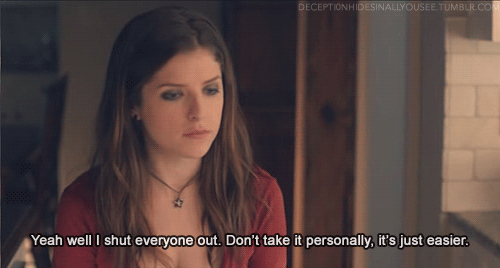
Aggressive customers can be difficult to deal with. Relating to this struggle, Jennifer Kalita, MD at Silver Spring affirms,
Furthermore, she also states that if a brand is repeatedly experiencing concerns from the same issue, then an improvement in terms of policies and restructuring is required to avoid such scenarios.
3.) Practice reflective listening

Often the gap between a customer’s expectations and the brand’s reality sparks the anger. Practicing reflective listening relatively helps to dissolve this gap.
Acknowledging this value of reflective listening, Chris Brenchley, CEO and Co-Founder of Surehand asserts,
Perhaps, you will be surprised at how this one simple question could help you find out exactly what your customer’s expectations are!
Also, it will make them feel valued and support a brand in winning back the customer.
Alternatively, you can also ask them for additional information which will give you a fair idea to tweak your products in the right way.
4.) Effective communication

Ahmed SaadAli of Infinite Recovery says,
In support of this, he puts across research that attributes poor communication to be the root cause of 60% of business problems.
Hence, it’s pivotal that your customer support executives are well-versed with the fundamentals of communication to efficiently deal with angry customers.
5.) Pacifying the customer

Pacifying an angry customer requires a lot of tact and diplomacy. A wrong move or a reactive approach and you will end up fanning his/her anger.
Warning about the risk of a reactive approach, Garrett Greller, Co-founder of Uncle Bud’s Hemp suggests,
Hence, when it comes to pacifying your customer, be careful with your words, and practice empathy.
Likewise, if an angry customer visits you in your office, then welcome them by extending your hospitality while listening to their issues.
For example, Jay Scott, Chief Marketing Officer at Pugsquest says,
Extending such hospitality helps a complaining customer to understand that a brand is not their enemy. Such understanding helps in calming an angry customers.
6.) Prompt response
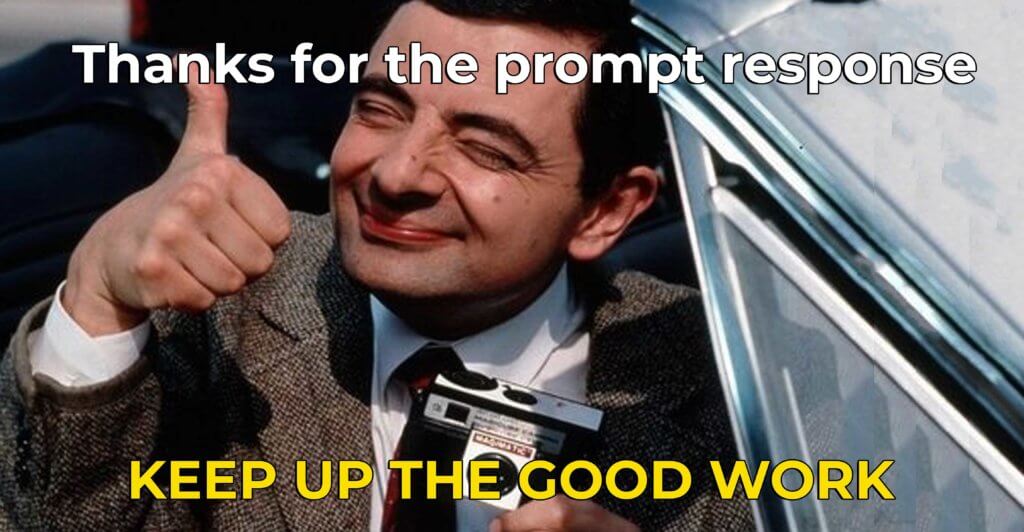
Prompt response prevents the anger escalation. Through a timely response, a brand can avoid things from getting out of hand.
Elaborating on the importance of prompt response, Albert Lee, Founder of Home Living Lab says,
Therefore, a prompt response is one of the essential elements when it comes to deal with angry customers management.
7.) Empathize with them

Customers want to be assured that you care for them. You are there to listen to their problems and resolve them. Empathizing deal with angry customers helps a brand to gain their trust and support. It will help them understand their customers’ wants and needs. It also demonstrates a brand’s commitment to its customers.
As Paige Arnof-Fenn, Founder and CEO of Mavens & Moguls advise,
In the absence of a brand-customer connection, it will be difficult for a brand to understand a customer’s perspective.
8.) CPR Technique (Comprehend | Purpose | React)

Gene Cabarello, Co-Founder of GreenPal says,
If applied accurately, this process can help brands to calm down their angry customer.
Here’s how it works:
- Comprehend: Try to find out what upsets your customer. Narrow down on that one specific problem.
- Purpose: Answer your customer’s queries and offer alternative solutions to fix the problem at hand.
- React: Do not just offer emotional support. Once the actions have been agreed upon, react, and fix the problem.
9.) Accept your mistake

Honesty is the best policy. Accepting your mistake helps to calm down an aggrieved customer. Moreover, you can also go beyond and compensate for your mistake by offering some incentive.
For instance, Neal Taparia, CEO of Solitaired says,
By following this process, a brand can even transform their angry customers into brand promoters.
10.) Follow-up on the angry customer

The act of following-up Deal with angry customers denotes a brand’s value and care for its customers.
Expanding on this idea, CarolLi from CocoFax suggests,
Thus, do not forget to follow-up on your angry customers.
11.) Learn to say NO

Twin brothers talking through a tin phone
Neil Roach of BoxRoom Office advises,
He also adds that the best technique of dealing with an angry customer is to spend 90% of your time listening to them and the remaining 10% responding to their complaints.
This way, you will understand why exactly they are annoyed with your brand. Besides, going by the physiological perspective as soon as the adrenaline rush eases off, an angry customer begins to calm down.
Thus, all you need to do is keep up with little patience and continue listening to them. Eventually, the customer will calm down once he has finished expressing his issues.
To conclude,
With detailed insights on proven angry customer management strategies, we hope from now onwards, it will be relatively easier for you to deal with angry customers.
Moreover, these angry customers are not to be feared off.
In fact, as James Jason, HR Manager at Mitrade aptly says,
Perhaps, such a preventive approach will help your brand to reduce the scenarios of angry customers.







